We may earn money or products from the companies mentioned in this post. This means if you click on the link and purchase the item, I will receive a small commission at no extra cost to you ... you're just helping re-supply our family's travel fund.
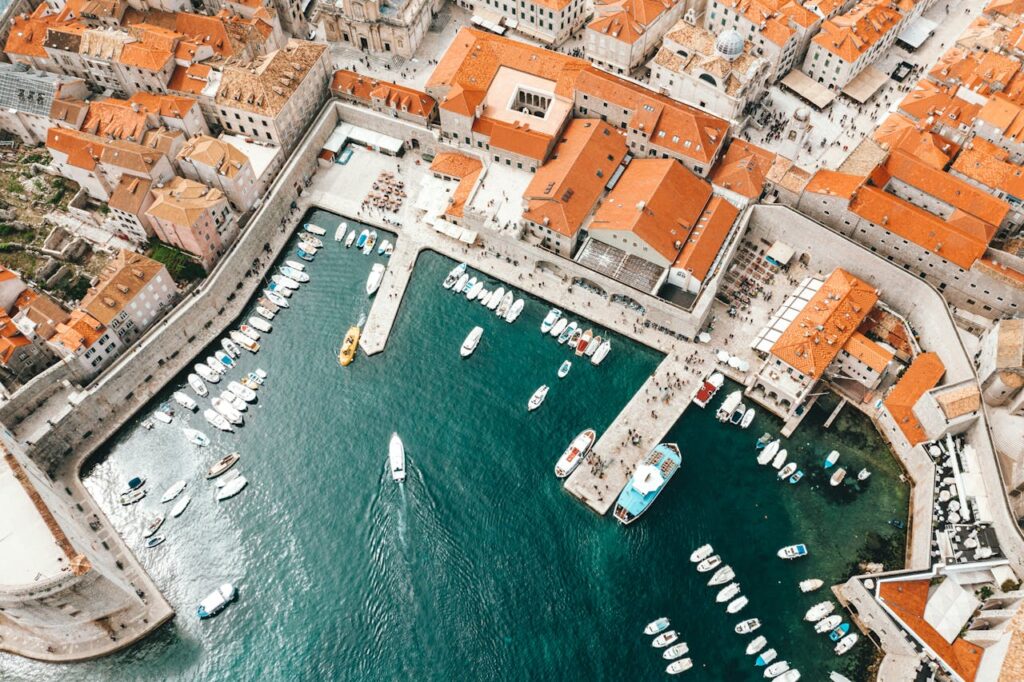
Croatia feels like a destination that refuses to fit into just one category. It’s historic and modern, wild and refined, coastal yet full of hidden inland gems. Whether you’re wandering through medieval cities, diving into turquoise waters, or hopping between islands that look straight out of a postcard, there’s always more to see. This guide highlights 13 places that stand out for their beauty, culture, and sense of discovery. They’re worth your time no matter how long you stay.
1. Dubrovnik’s Old Town
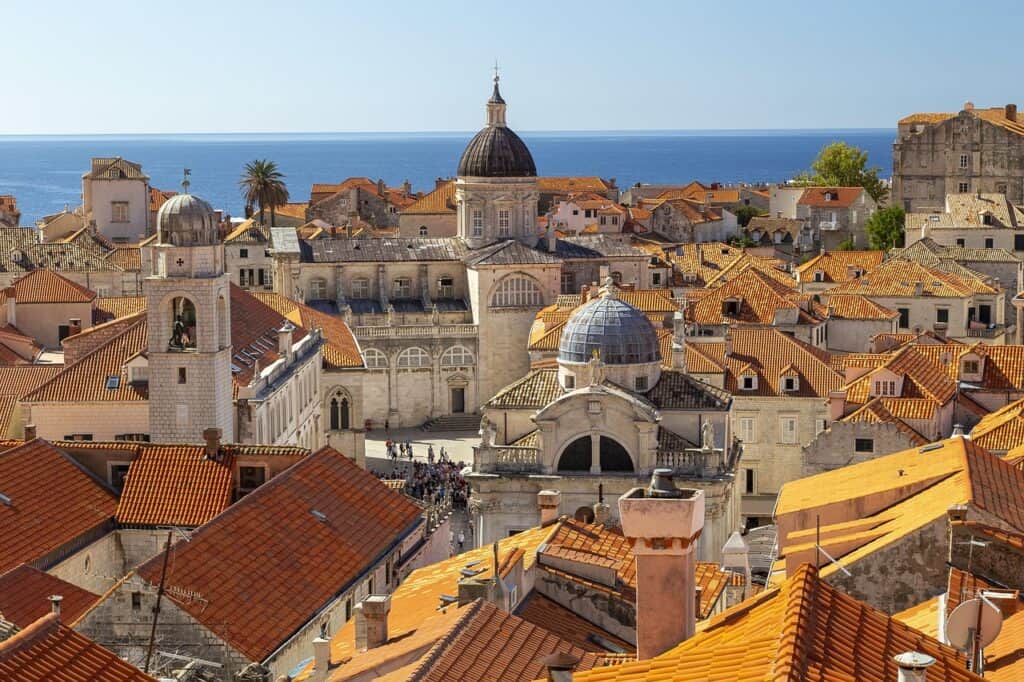
Walking through Dubrovnik’s Old Town feels like stepping into another era. The city walls wrap around stone streets that echo with centuries of history. You’ll find baroque churches, lively squares, and stairways that lead to unexpected cafés with Adriatic views. The walls themselves are worth the climb, offering sweeping perspectives of red rooftops against blue sea. Beyond the history, Dubrovnik also pulses with modern energy, from street performances to seafood restaurants tucked in hidden corners. You’ll feel both immersed in the past and grounded in the present.
2. Plitvice Lakes National Park
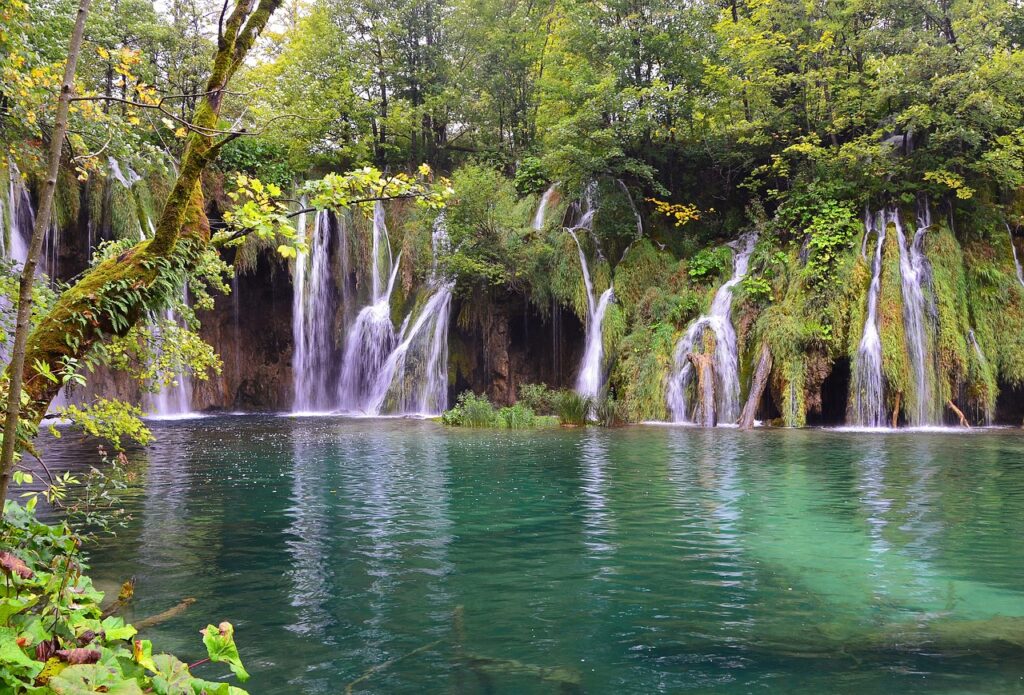
Plitvice is a reminder that Croatia isn’t just about the coast. Here, waterfalls spill into lakes in a cascade of greens and blues that shift with the light. Wooden pathways wind you through the park so you’re always close to the water, hearing the constant rush and seeing reflections that change with each step. It’s a photographer’s dream, but also a peaceful place where you can simply slow down. Visiting early in the morning helps you avoid the largest crowds and makes the experience even more immersive.
3. Split’s Diocletian’s Palace
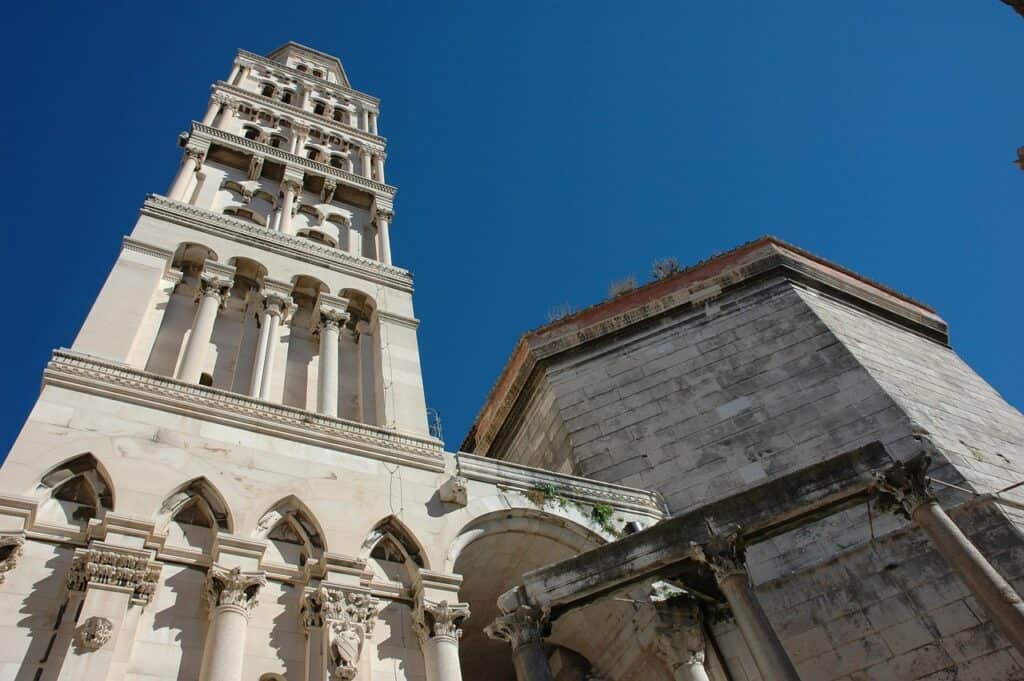
In Split, daily life flows through the remains of Diocletian’s Palace, a Roman masterpiece that’s seamlessly woven into the modern city. Locals live, shop, and dine within walls built nearly two thousand years ago. You can sip coffee in a square where emperors once walked or wander narrow alleys that reveal boutique shops and small galleries. At night, music often drifts through the palace courtyards, adding to the sense that history here is still alive. Exploring Split feels like stepping into an active museum that never closes.
4. Hvar Island
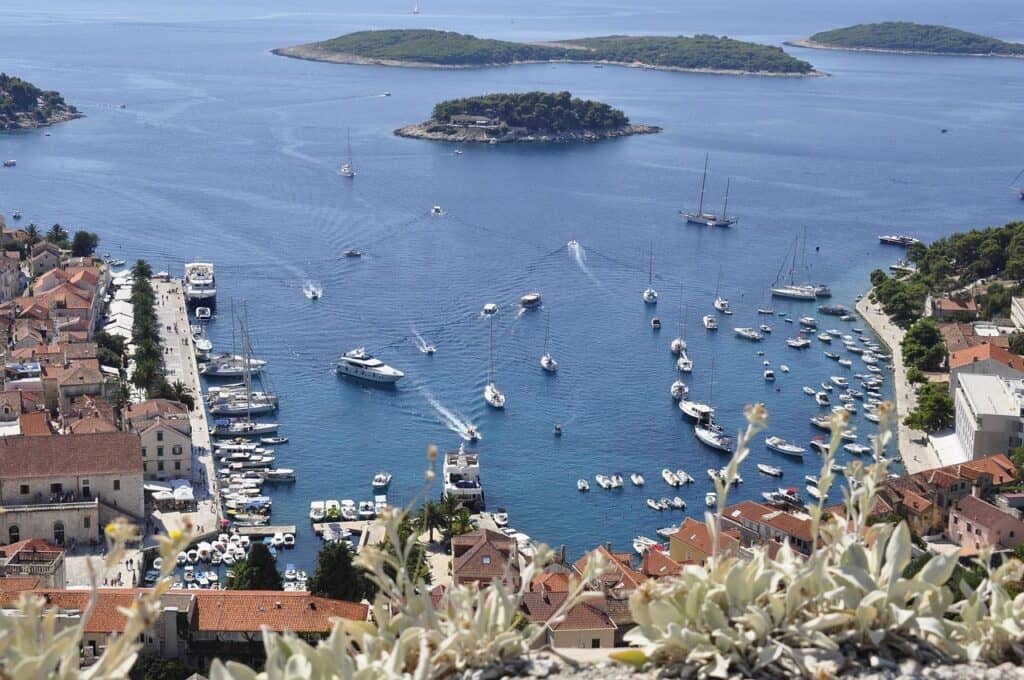
Hvar balances glamour and natural beauty. By day, you’ll find lavender fields and hidden coves perfect for swimming. By evening, the harbor fills with yachts and restaurants buzzing with conversation. The town’s stone architecture, Venetian influences, and lively piazza make it one of the most atmospheric spots in Croatia. For a quieter experience, climb up to the fortress for panoramic views or venture to the Pakleni Islands nearby. Hvar is versatile: you can lean into nightlife or escape into calm, all within a short walk or boat ride.
5. Korčula Town
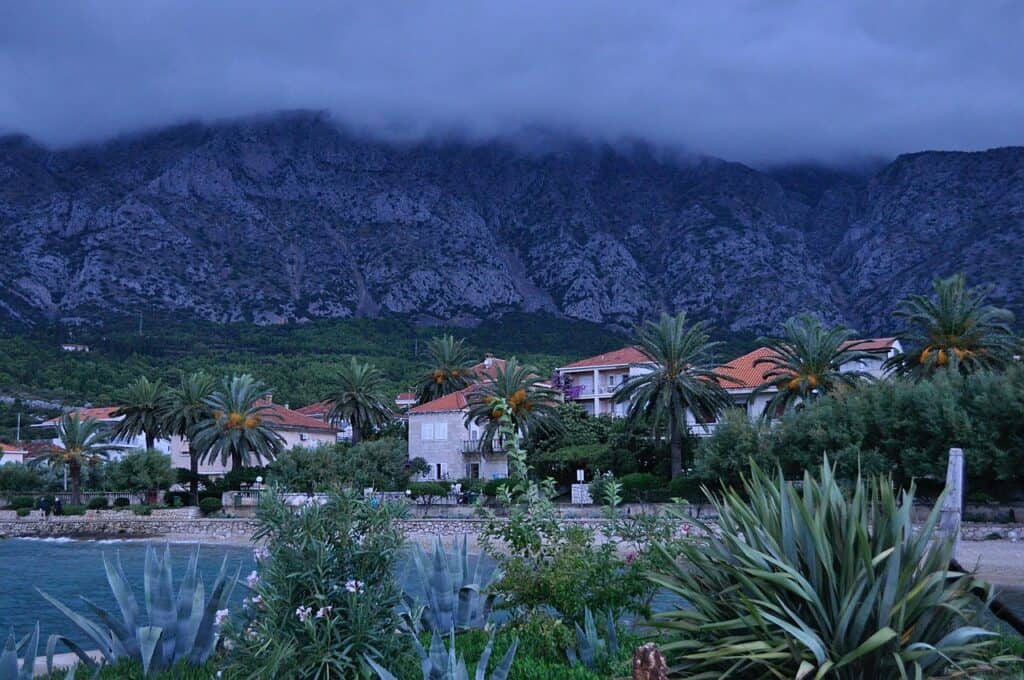
Often called “Little Dubrovnik,” Korčula Town has its own unique character. Encircled by walls, its narrow lanes form a herringbone pattern designed to let in breezes and block winds. The setting feels intimate, with hidden courtyards, small squares, and views of the sea peeking through arches. Local traditions remain strong here, from folk dances to summer festivals that bring the streets alive. Korčula also claims to be the birthplace of Marco Polo, adding another layer of intrigue. It’s a town that invites slow wandering and close observation.
6. Krka National Park
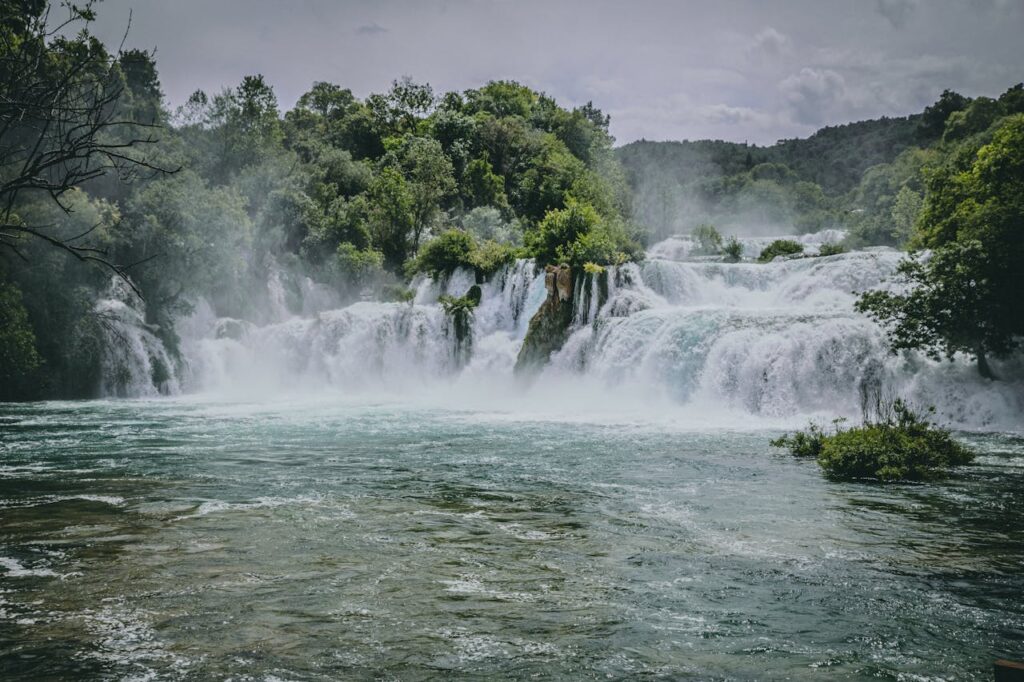
Krka is Plitvice’s livelier cousin. While both parks feature waterfalls, Krka allows swimming in designated areas, which makes the experience more interactive. The water is clear, cool, and refreshing after walking the wooden trails. You’ll also find historic elements, like an old monastery on a small island within the park. Boat rides along the Krka River add another dimension to the visit. Spending a day here feels balanced: a mix of outdoor adventure, cultural history, and the simple joy of diving into nature’s pools.
7. Rovinj
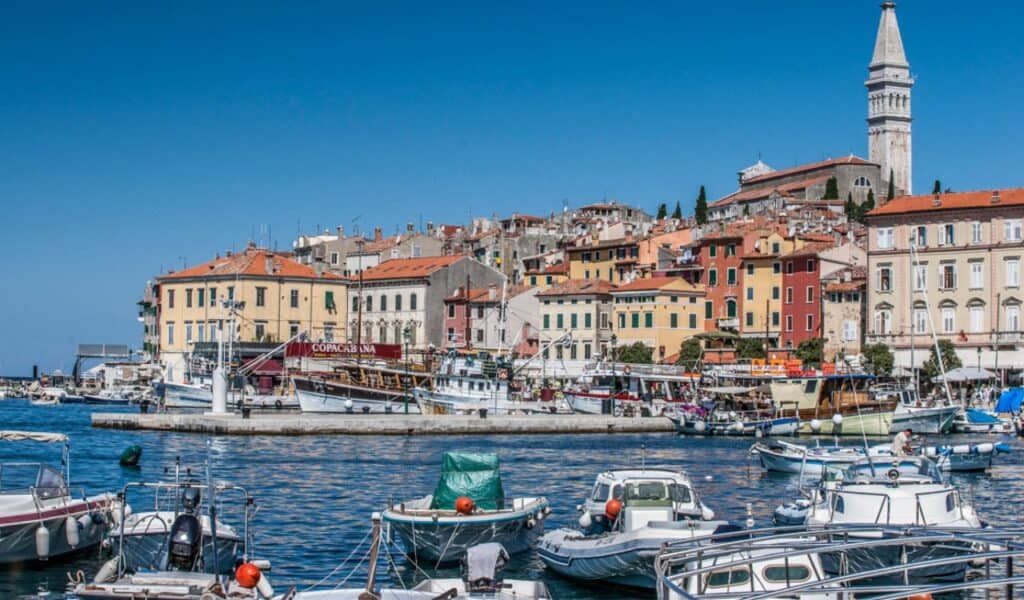
Rovinj is a gem on the Istrian Peninsula, with pastel houses rising from the water’s edge and winding streets that climb toward a hilltop church. The old town is almost car-free, making it easy to get lost among art studios, cafés, and sea-facing terraces. Rovinj’s Venetian past is evident in its architecture, while its current vibe is laid-back and artistic. Sunsets here are legendary, especially from the rocks near the harbor. It’s the kind of town where you end up staying longer than planned.
8. Mljet Island
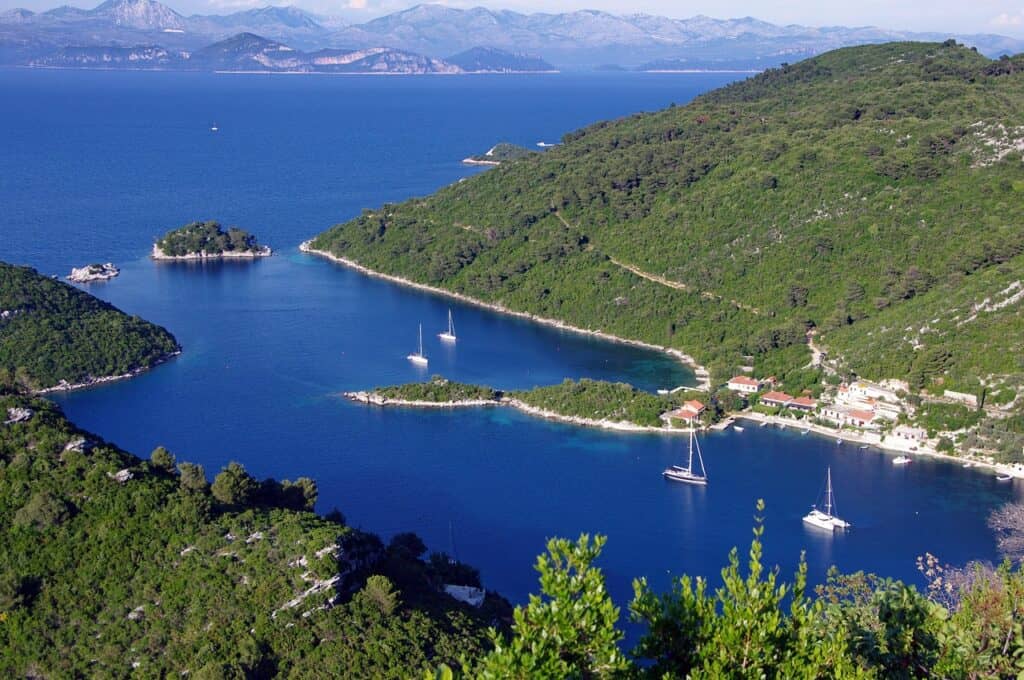
Mljet feels wild compared to more developed islands. Much of it is protected as a national park, with pine forests, saltwater lakes, and quiet trails that make it ideal for hiking and cycling. Kayaking across the lakes is a peaceful way to explore, especially when you reach the tiny islet with a centuries-old monastery. The slower rhythm of life on Mljet makes it a sharp contrast to busier tourist hubs. If you want space to disconnect, this island delivers that rare feeling of solitude.
9. Pula’s Roman Amphitheater
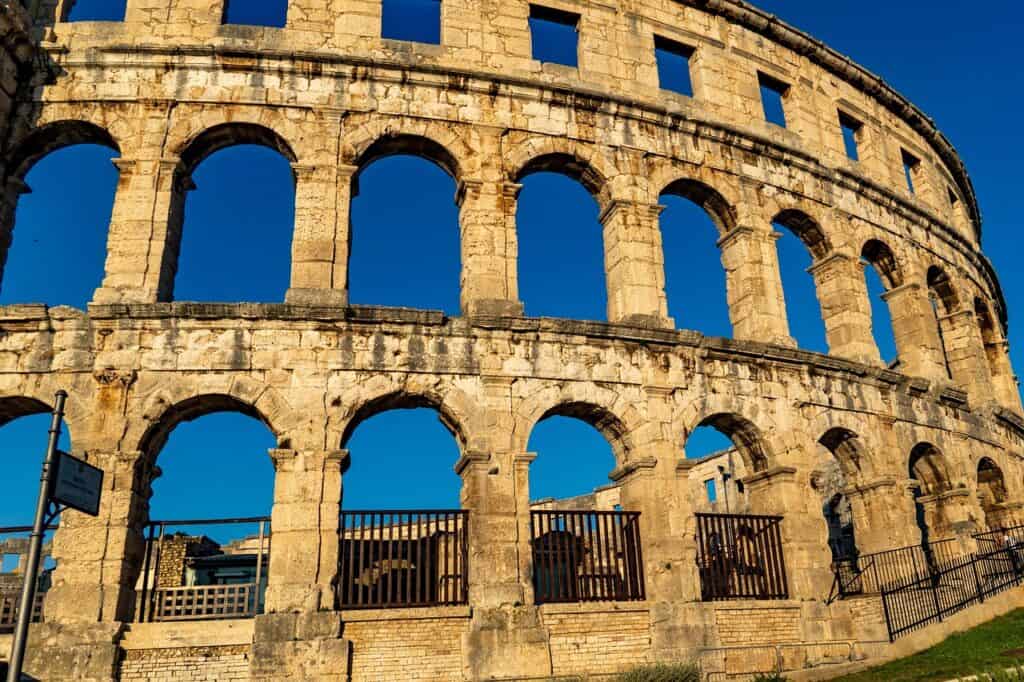
Pula’s amphitheater is one of the best-preserved Roman arenas in the world, and it still hosts concerts and festivals today. Standing in its stone arches, you can imagine gladiators fighting here centuries ago. Unlike some historic sites that feel distant, Pula’s arena remains part of local life. The city around it blends Roman ruins with vibrant markets, seafood restaurants, and a lively harbor. Visiting Pula gives you both the weight of history and the hum of a working city that hasn’t frozen in time.
10. Vis Island
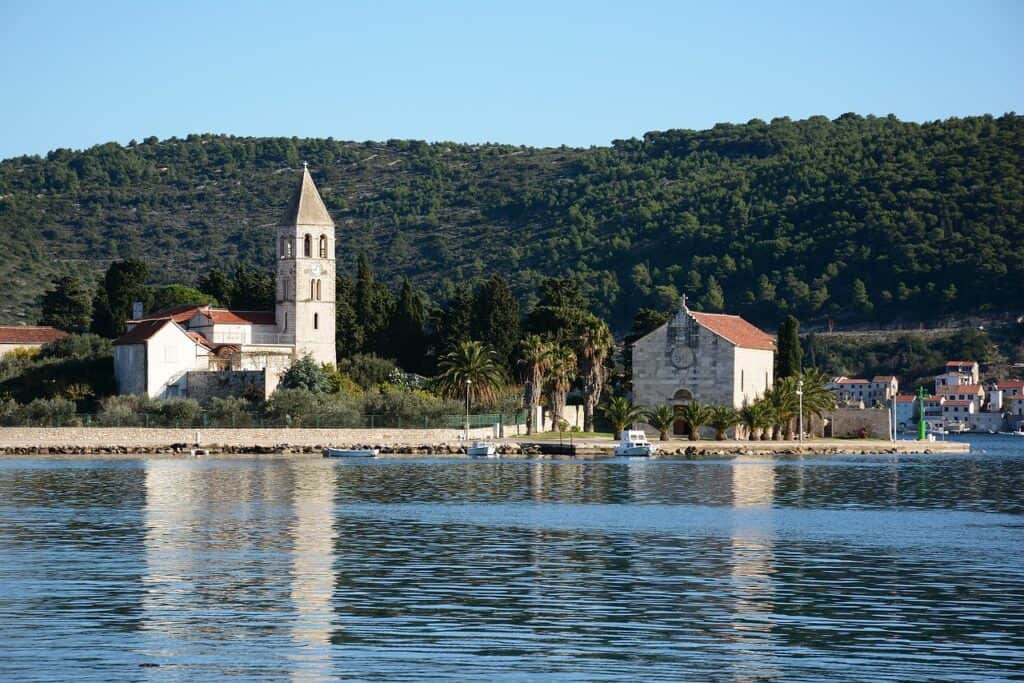
Vis has a reputation for being one of Croatia’s most unspoiled islands. For decades it was a military base, closed to tourism, which means its coastline and villages have stayed authentic. Today, it draws travelers who prefer quiet beaches, family-run restaurants, and vineyards producing local wine. The Blue Cave on nearby Biševo Island is a natural wonder where sunlight creates an electric-blue glow inside. Vis rewards curiosity: the more you explore, the more you uncover a version of Croatia that feels timeless.
11. Zadar’s Sea Organ and Sun Salutation
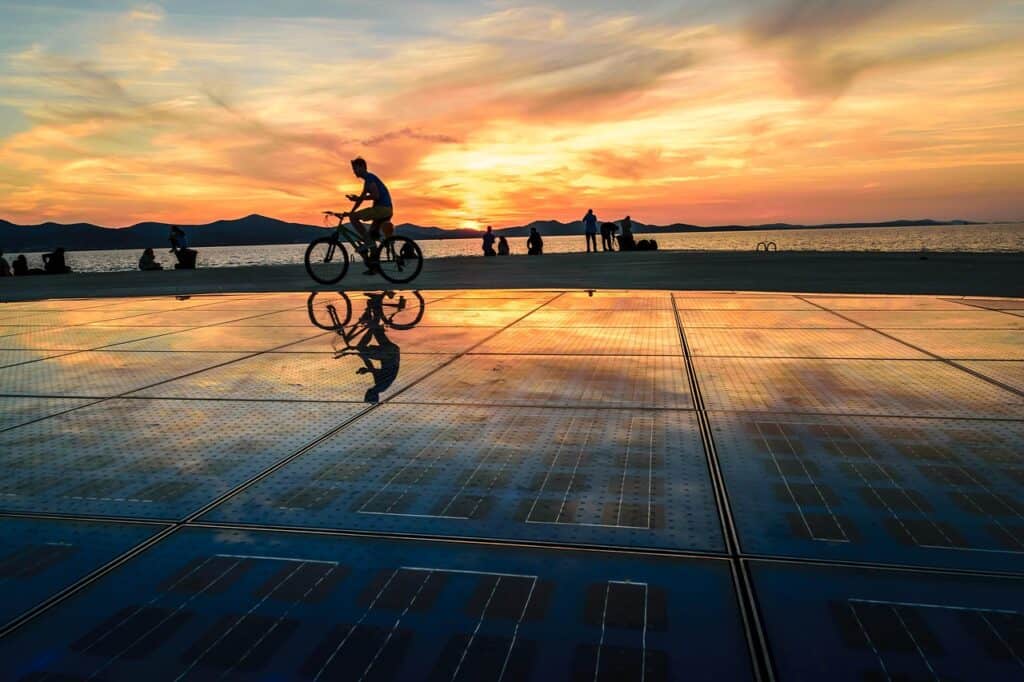
Zadar mixes tradition with creativity, and nowhere is this clearer than its Sea Organ and Sun Salutation installation. The Sea Organ uses waves to create music through hidden pipes, while the Sun Salutation collects solar energy and lights up in patterns at night. Together, they transform the waterfront into a sensory experience that feels both natural and futuristic. Around the city, Roman ruins and medieval churches sit side by side with modern cafés. Zadar proves that Croatia doesn’t need to choose between past and present.
12. Trogir
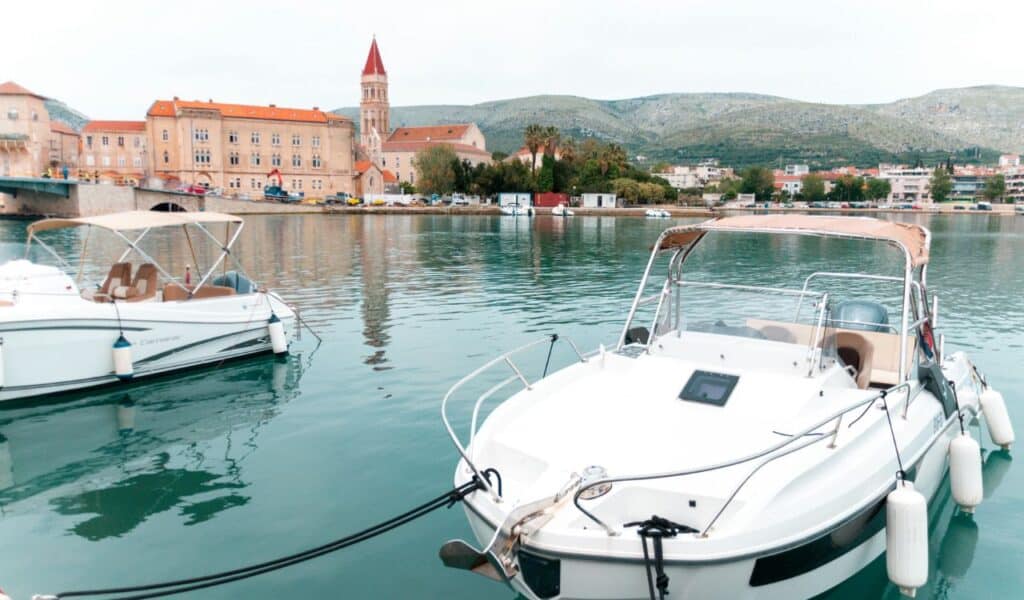
Trogir is a small coastal town but packed with architectural beauty. Its old core sits on an island linked by bridges, with stone alleys that lead to Romanesque churches and Renaissance courtyards. Trogir’s compact size makes it easy to explore in a day, but the details invite you to linger. You’ll notice sculpted doorways, carved balconies, and hidden gardens. The waterfront promenade is lively, while the backstreets stay quiet and shaded. Trogir combines big history with small-town charm in a way that feels approachable.
13. Šibenik
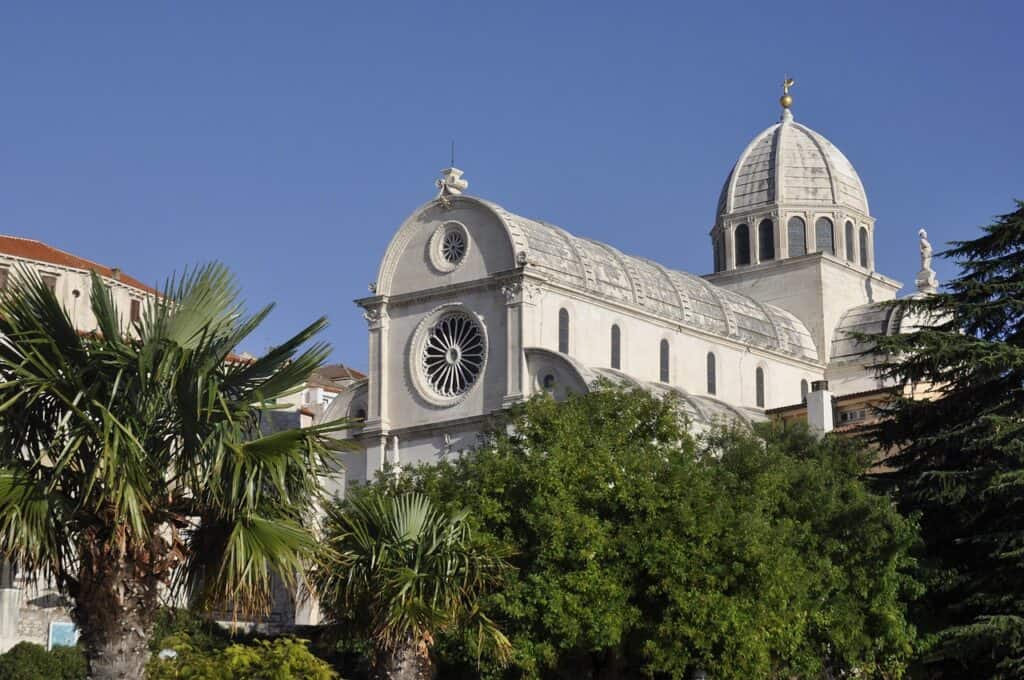
Šibenik is often overlooked, but it holds treasures like the UNESCO-listed Cathedral of St. James, built entirely from stone without wood supports. The city rises in layers of fortresses, stairways, and hidden viewpoints overlooking the coast. Its energy is different from bigger cities: less polished, more grounded, and full of authentic rhythm. Festivals bring music to the squares in summer, while quiet mornings let you explore at your own pace. Šibenik is proof that some of Croatia’s best experiences come without the crowds.